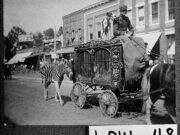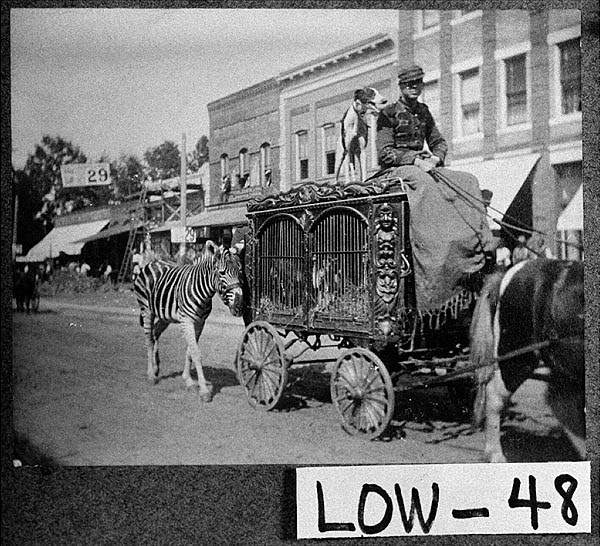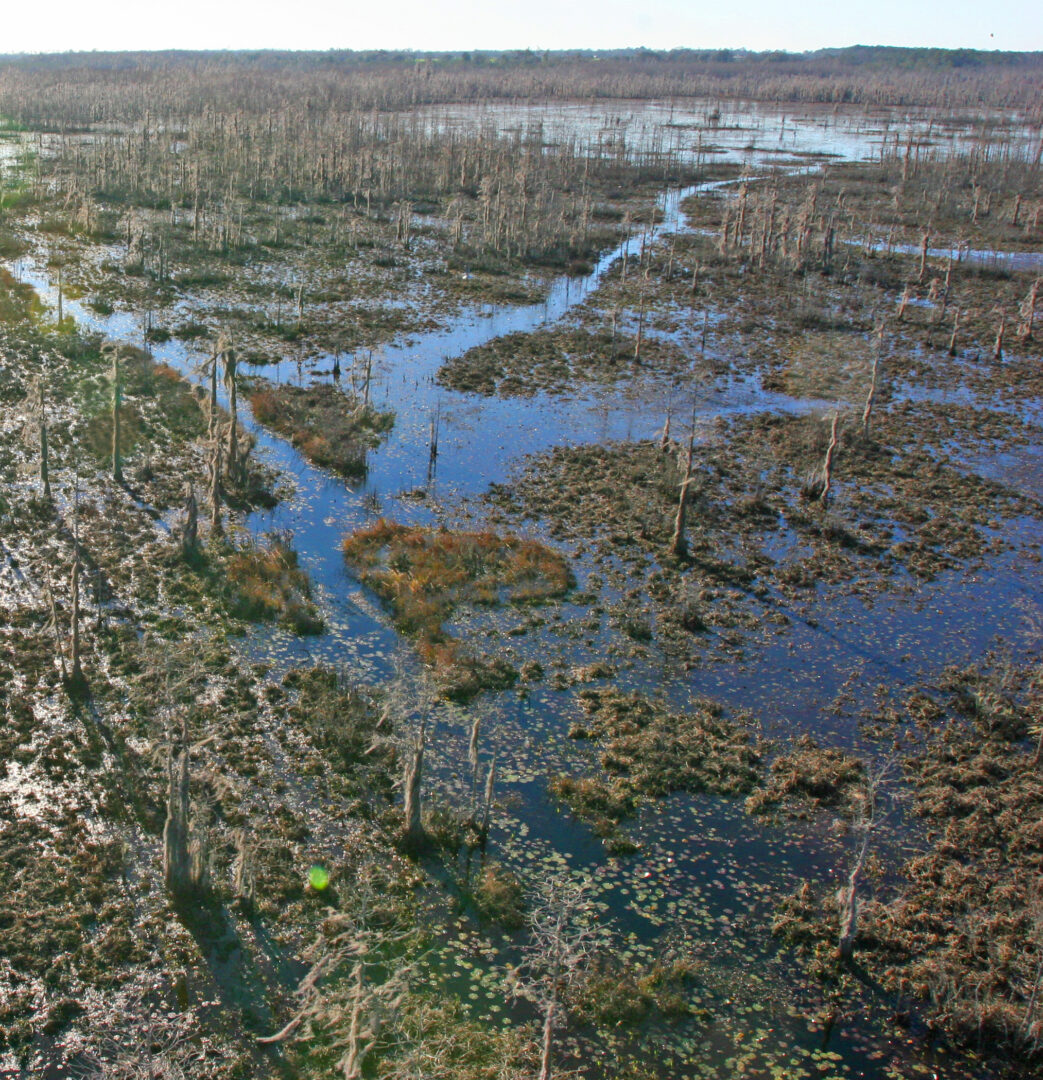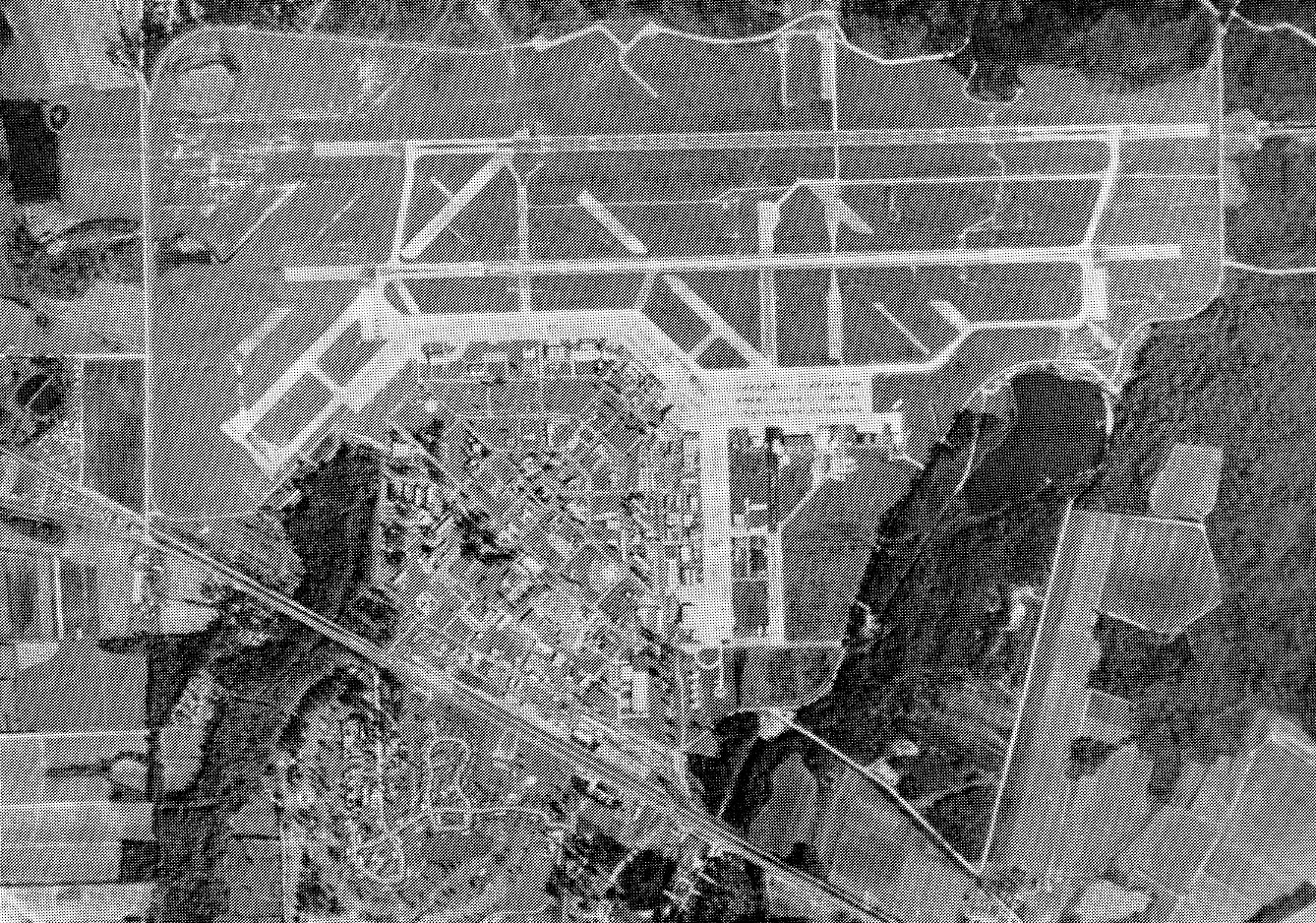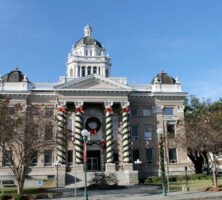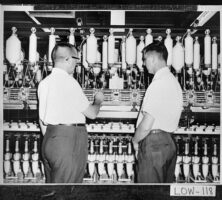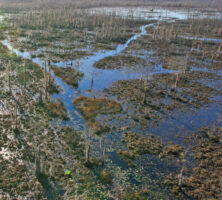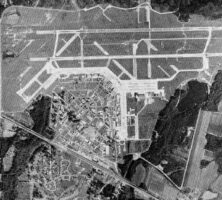Lowndes County in southwest Georgia was created in 1825 by an act of the state legislature. The county was named for William Jones Lowndes, whose father, Rawlins Lowndes, had been a Revolutionary War (1775-83) leader from South Carolina. Lowndes County was originally bordered by Irwin County to the north, Ware County to the east, Florida to the south, and Thomas County to the west.
In 1827 settlers established the first town, Franklinville, and designated it the county seat. In 1833 a courthouse was built at Lowndesville (located at the junction of the Little and Withlacoochee rivers), which then became the new county seat. Four years later Lowndesville was renamed Troupville, in honor of Georgia governor George Troup. According to the 1840 census, there were 4,394 whites and 1,180 Blacks in the county at that time. On December 12, 1859, Lowndes County commissioners purchased 140 acres for $1,250 to establish a new county seat, which they named Valdosta after Val d’Aosta, Troup’s plantation home. The reason for the move was to connect with a railroad line from Savannah. The first train passed through Valdosta on July 4, 1860. Between 1890 and 1916, Valdosta became the largest inland market for Sea Island cotton in the world. The arrival of the boll weevil in 1915 caused the eventual destruction of cotton crops across the state.
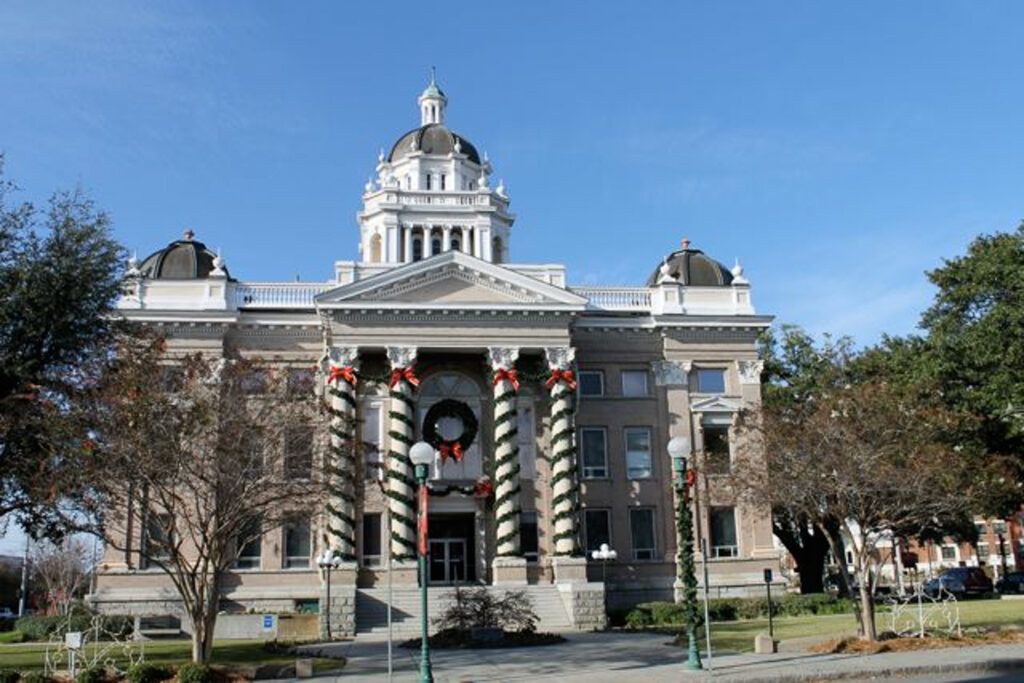
One of the largest employers in early Lowndes County was the Strickland Cotton Mills, put into operation in 1900 by B. F. Strickland, the company’s president. Employees of the mill lived in a company town named Remerton, which still exists today, although the mill has been torn down. In addition to textiles, timber and turpentine were major industries in Lowndes County in the early 1900s. The American Turpentine Farmers Association was founded in 1936, with its headquarters in Valdosta. Judge Harley Langdale began buying timberland and formed the Langdale Forest Products Company, one of the largest companies in Lowndes County. The second plant to bottle Coca-Cola in the world was located in Lowndes County. By 1936 the plant was one of the first modern plants in south Georgia and served a seven-county area.
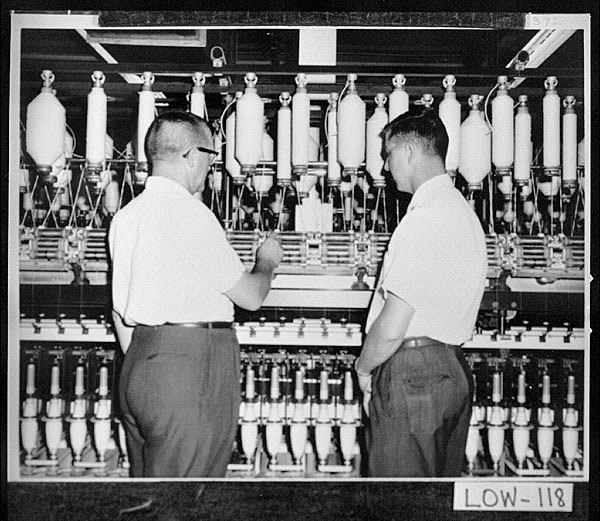
In 1906 South Georgia State Normal College was founded in Valdosta to provide higher education opportunities for women in the area. The school was renamed Georgia State Women’s College in 1922. After World War II (1941-45) many men wanted to attend college. The school became coeducational in 1950 and was renamed Valdosta State College. The college became Valdosta State University in 1993. The administrative campus of Wiregrass Georgia Technical College, which serves an eleven-county area, is also located in Valdosta.
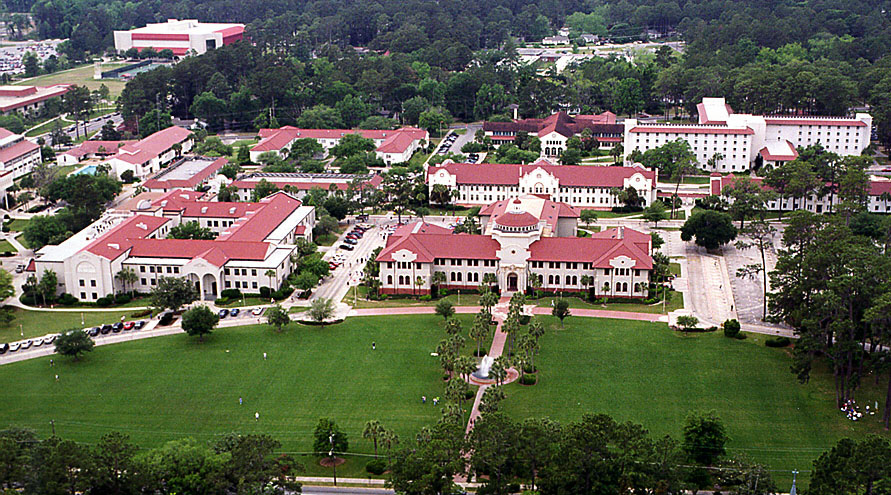
Besides Valdosta and Remerton, Lowndes County also is home to the city of Hahira (incorporated in October 1891), famous for its Honey Bee Festival; Lake Park, a city surrounded by lakes that is home to several outlet malls; and Dasher. Moody Air Force Base in Valdosta is home to the 23d Wing.
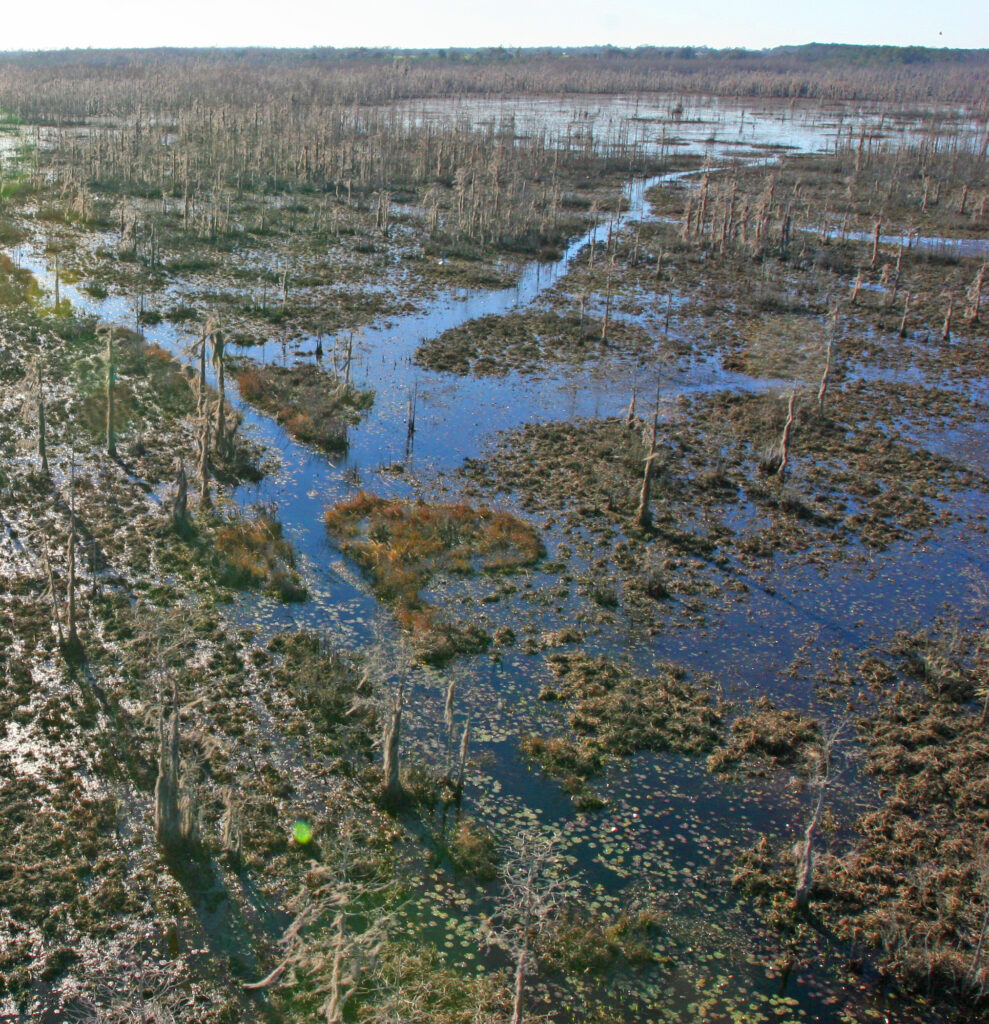
The Grand Bay Wetland Education Center offers an interpretive experience of the Grand Bay Wildlife Management Area, which includes the 18,000-acre Grand Bay/Banks Lake ecosystem, the second largest ecosystem in the state (after the Okefenokee Swamp).
According to the 2020 U.S. census, the population of Lowndes County was 118,251.


